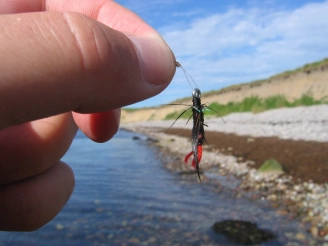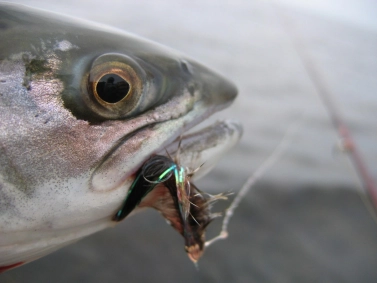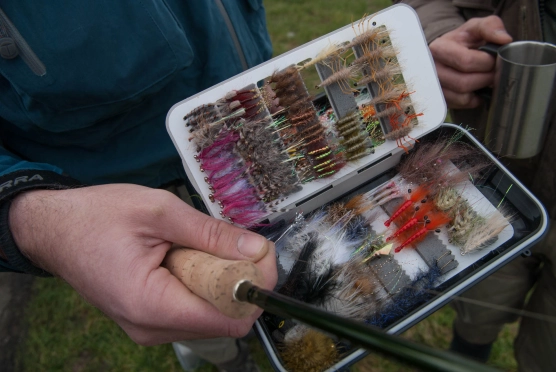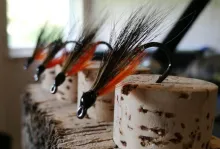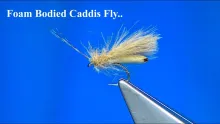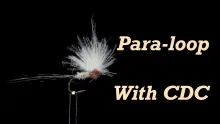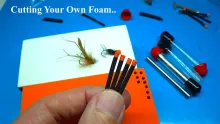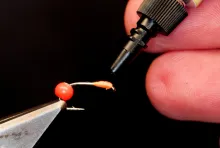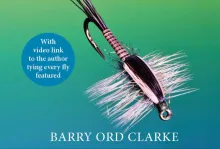How to tie flies that last more than a cast, a trip, a month... heck, even a year. We're starting a series of articles with some tips on tying durable flies – and keeping them intact.
We probably all know the feeling: you have just tied a fly on the tippet, fresh out of the box, and made the first few casts. As you commence casting and the fly has been in the water a few times, you notice a buzzing sound as it passes over your head. You retrieve it to inspect it, and yes: as you suspected the rib, tinsel, hackle or some other part of the fly has come loose, and what was a nice imitation of your quarry's favorite food just minutes ago, is now a miserable bundle of disorganized feathers and fur, loosely attached to a hook.
Flies are fragile
Flies are fragile, and we can't expect fine things held onto a hook by very thin thread to stay there forever. It doesn't take much mechanical force to rip a fly apart. It's mostly made from very delicate materials, which are wrapped together with one long and essentially very weak strand of thread.
On top of that we dunk it in water and – with some skill and a little bit of luck – let fish chew on it. After that we put it in a closed box with other, possibly also damp, flies and leave it there for some time before taking it out again and expecting it to be fully intact and ready for another round.
That's when we may hear the above mentioned buzzing sound.
Tie to last... or not
You can approach fly tying with durability in mind from two angles:
- You can essentially ignore the potential lifespan of your flies and tie them to look good out of the vise, work as they should for a limited time and then simply trash them when they start falling apart. A lot of tyers tie with this approach and are very happy. They sort of expect flies to be throwaway items and simply expect to discard flies after one or very few uses. Some even have the principle of not fishing the flies more than once.
- In the opposite end of the scale you can do everything possible to tie a durable fly. You select patterns, materials and methods with durability in mind, and you take care of your flies – new and used – and plan on using them again and again.
You can of course take a stance somewhere in between and tie reasonably robust flies, but realize that they will sometimes fail and need to be replaced, which is where most of us probably do.
This series of articles will teach you some methods, which will help you towards the second of the above approaches: get the most durable flies out of the vise and make them last as long as possible even after you have started using them.
You can then choose your own level – from sloppy to OCD.
We will start out with some preparation: Durable flies: Before you tie.
Hand picked for this article
- Log in to post comments


